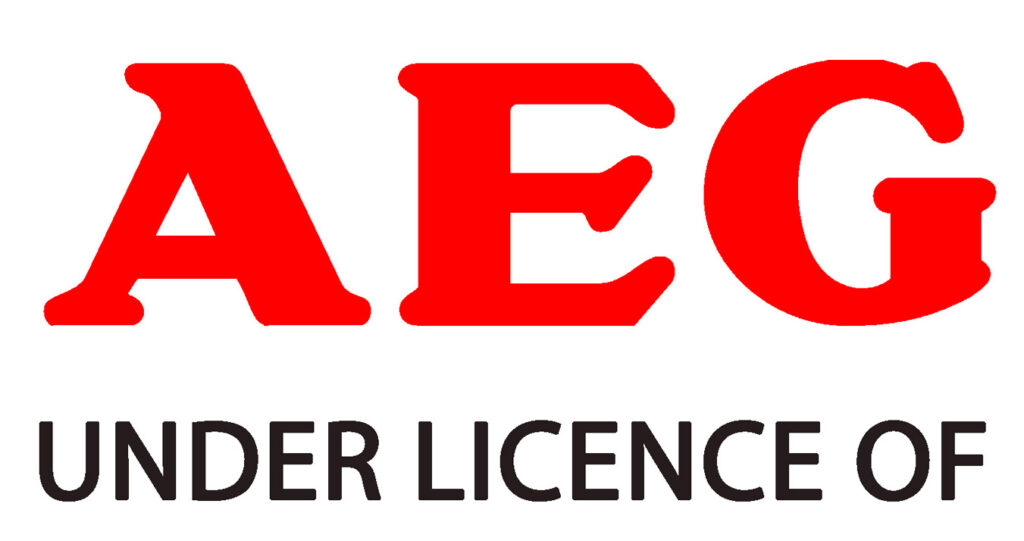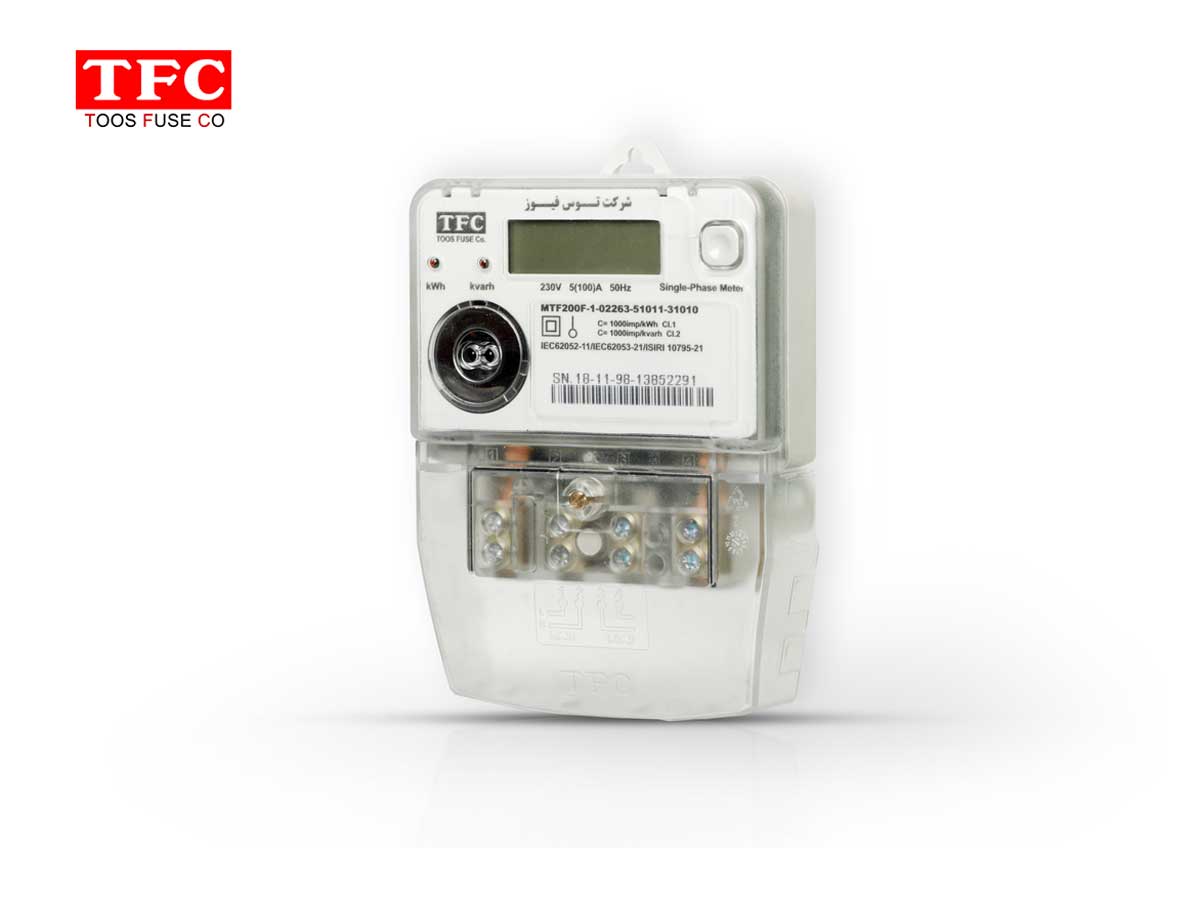Introduction:
Throughout the years, managing electricity consumption has been a significant challenge in various buildings, commercial and administrative complexes, and industrial estates. As a result, the need for electricity meters has become increasingly evident. In the past, mechanical meters, also known as analog meters, were the most common type of meter. However, due to their numerous drawbacks, such as low accuracy, single-tariff pricing, and low security, they proved to be inefficient. Consequently, the need for smart and digital electricity meters became even more pressing.
What is an Electricity Meter?
An electricity meter, also known as an electricity measurer, is a device that measures and displays the amount of electrical energy consumed. The unit of measurement for electricity meters is typically kilowatt-hours (kWh), although some other units, such as megajoules (MJ), may also be used.
History of Electricity Meters
The first electricity meter was invented in 1872. At that time, only telegraphs and lamps were using electrical energy. The initial spark for measuring electricity consumption was ignited by Samuel Gardiner, who designed a tool to measure the brightness of his own lamp. This device could measure the brightness of a DC lamp and paved the way for further advancements in this field.
In 1879, just a few years after Samuel Gardiner’s lamp brightness measurement tool experiment, Thomas Edison, after extensive trials, successfully invented a chemical meter. This meter measured power consumption by examining weight. Therefore, after this invention, the amount of electricity consumed by people could be measured and calculated, and energy resources were no longer free. The pendulum meter was also one of the early meters, invented by William Edward Ayrton in 1881.
The biggest problem with the meters invented in the 19th century was the difficulty in reading them. Although Edison and other scientists proposed solutions such as a counting mechanism to assist in reading meter values, this remained the most significant issue with meters for many years to come.
How Electricity Meters Work
Electricity meters operate based on electromagnetic force. Inside the meter, there is a magnetic coil, typically consisting of two coils: a current coil and a voltage coil. The difference between these two coils is that the current coil has a larger diameter and fewer turns than the voltage coil. When electricity flows through the coil, a magnetic field is generated around it. The direction and strength of this magnetic field change depending on the amount of current flowing through the coil.
Applications of Electricity Meters
As explained earlier, the primary application of electricity meters is to accurately calculate or measure the electricity consumption of users in different areas. The more accurate this measurement is, the fairer the payment users make. Electricity consumers can be residential, industrial, or commercial.
Obviously, not the same type of meter is used in all these locations. Therefore, in the next article, which will discuss the different types of meters, you will find out which type of meter is suitable for which users and applications.
Types of Electricity Meters
Electricity meters are generally divided into two categories: digital and smart meters. Let’s delve into each of them:
Digital Electricity Meters
These meters came into use after analog or mechanical meters and replaced them due to their superior quality and characteristics. Digital meters have been well-developed in our country in recent years. Currently, about 50% of electricity subscribers use this type of meter.
Working Principle of Digital Electricity Meters
In the past, analog meters indicated electricity consumption using a graph and a rotating disc. However, the working principle of digital meters is based on electronic circuits. This type of meter displays all the necessary information easily using a digital display.
Types of Digital Meters
-
Single-phase: This type of digital meter works with a voltage of 220 volts and a current of 5 to 100 amperes. The consumption of single-phase digital meters is generally household and operates in a pulse mode.
-
Three-phase: Three-phase digital meters have the ability to calculate electricity consumption in 8 tariffs, which exist in two forms: non-demand and demand. Three-phase digital meters also operate in a pulse mode.
-
Non-demand (Normal): Non-demand or normal meters have a rated current of 2 to 100 amperes and a voltage of 400 to 3230 volts and operate in a pulse mode. They can be installed directly or using a current transformer.
-
Demand: Demand meters have a rated current of 1 to 10 amperes and, like demand meters, have a voltage of 400 to 3230 volts and operate in a pulse mode. They can be installed using CT and PT and also in primary and secondary modes.


